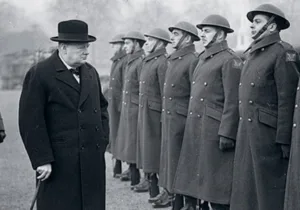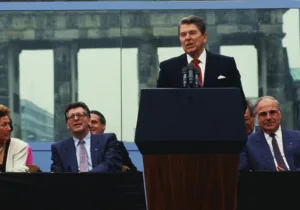Last year Russians across the country protested against legislation that raised the retirement age from 55 to 60 for women and 60 to 65 for men, but President Vladimir Putin still signed the bill into law in October. In response to these pension changes, the president went from winning 77 percent of the vote in the March 2018 presidential election to having a 64 percent approval rating now. For many in the United States who only notice Russia when the old Cold War adversary meddles in elections or asserts itself in places like Ukraine or Syria, this commotion over domestic policy came as a surprise.
Fortunately for those who don’t follow these issues regularly, Chris Miller—an assistant professor of international history at Tufts University—provides a superb review of Russia’s economic policies in Putinomics: Power and Money in Resurgent Russia. This book helps readers understand why Putin addressed pension policies and why citizens protested, and it also offers a slightly different perspective from writers who emphasize Russian kleptocracy. While affirming corruption is problematic, Miller strives to demonstrate how the country is much more complex as competent technocrats and corrupt oligarchs compete for influence. Those technocrats, according to Putinomics, prevented the country from collapsing economically and allowed Moscow to exert influence globally. Putin’s Russia still has numerous challenges today, but Miller argues the federation should be compared to fellow petrostate Venezuela since both were similar in the late 1990s. Venezuela even had a better credit rating and a higher per-capita income when Putin came to power. By this standard, “Putinomics” has been unexpectedly successful.
In order to understand Russia’s economic policies and what may happen next, Miller describes Putinomics’ three-pronged strategy that the Kremlin hopes will help the government maintain power, expand influence abroad, and develop the economy:
- Strengthen central authority, ensuring the Kremlin has the power and the money to enforce its writ.
- Prevent popular discontent by guaranteeing low unemployment and adequate pensions.
- Rely on private business to improve efficiency, but only where it does not contradict the previous two strategies.
After the traumatic ’90s, Russian leaders and most of the public determined that these priorities made sense in order to maintain stability. Putinomics concludes that this strategy has ultimately worked, even if the country still struggles with corruption and low economic growth. Indeed, if Putin hadn’t achieved some economic success, it’s unlikely either he or his cronies would still retain power today.
To continue reading, please visit the original article at The National Interest.
Mark Melton is Providence’s deputy editor. He earned his master’s in International Relations from the University of St. Andrews, Scotland, and his bachelor’s in Foreign Language and International Trade from Mississippi College.
Photo Credit: Vladimir Putin visits a new Mercedes-Benz assembly plant in Moscow Region on April 3, 2019. Source: Kremlin.ru.






